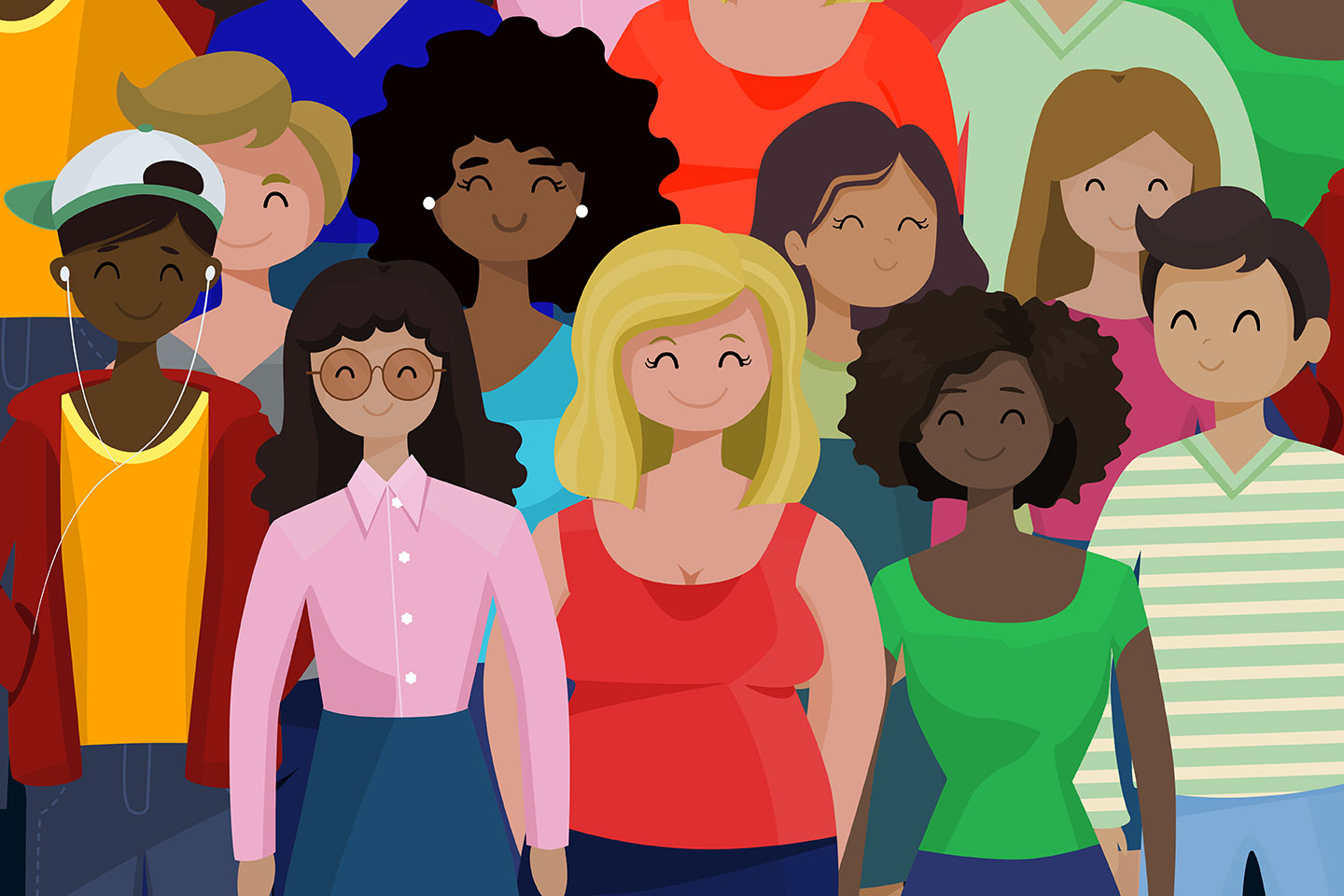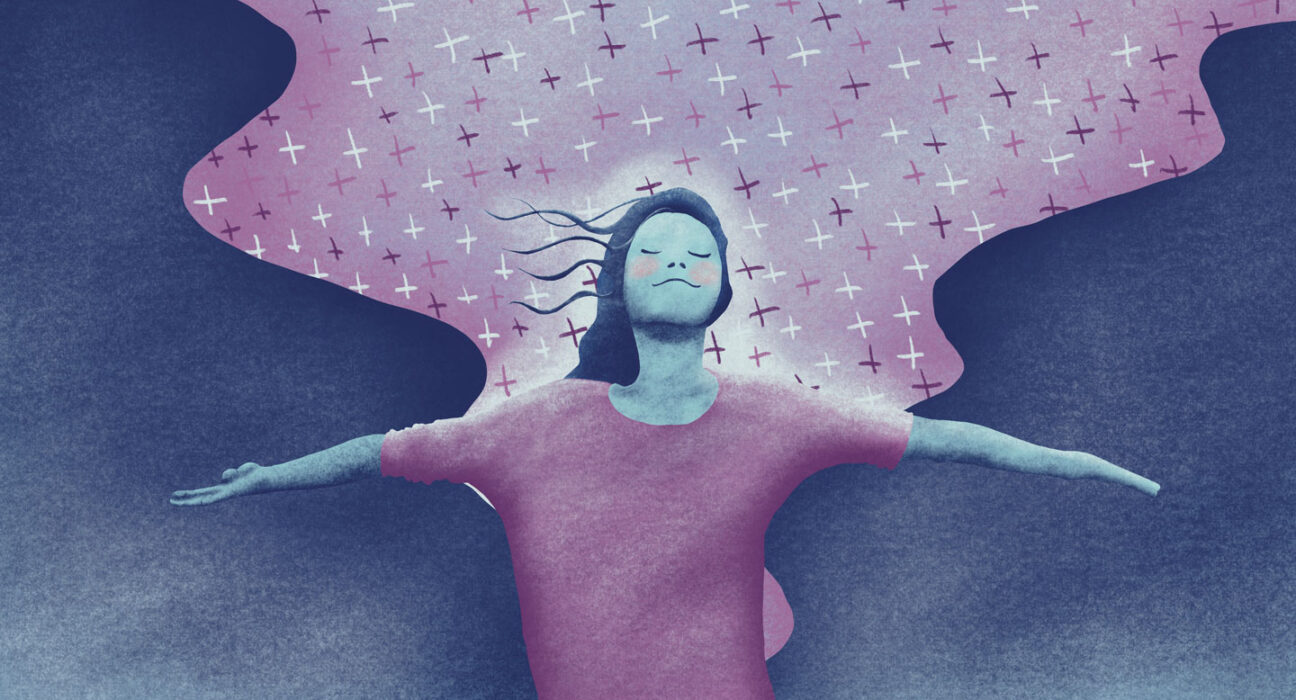Think about a time when you were happy. What comes to mind? Was it a family game or movie night? Maybe you were hanging out with friends volunteering in your community. Or perhaps you were enjoying something beautiful — an amazing view or music that gave you goosebumps.
It’s probably not hard for many of us to come up with specific moments that felt joyful. But the question of whether we’re happy overall is much more complex. It involves weighing many factors in our lives, good and bad. And in that sense, many people — especially teens and young adults — seem unhappier than ever.
Young people, especially those in the United States, just aren’t as happy as they were 10 or 15 years ago. That’s according to the 2024 World Happiness Report, published by the University of Oxford in England.
This annual report is based on surveys that ask people around the globe how satisfied they are with their lives. Participants also answer questions about their positive and negative emotions from the day before the survey. Good feelings include things like laughter, enjoyment and how interested a person was in the activities they did. Negative emotions focus on sadness, anger and worry. The researchers who compile these reports look at how different emotions affect people’s life satisfaction.
The first report, released in 2012, used survey data from 2006 to 2010. With nearly two decades of data, scientists can now begin to track happiness trends for people of different ages or generations. It used to be that middle-aged adults were the least-happy age group.
But the 2024 report flipped that on its head: Teens in the United States are now the unhappiest group. In 2006 to 2010, young people’s reported happiness levels were about 7.3 on a scale from 0 to 10. In the most recent survey they were just 6.4. That drop put young people in the United States at a rank of 62 in terms of happiness, among 143 countries. Older Americans ranked in the top 10.
There could be many reasons why modern teens and young adults feel less happy. Research suggests that technology, loneliness and anxiety may play big roles. And for many young people, these sources of unhappiness may feel completely outside their control. The good news? Science has shown there are steps you can take to find more happiness in your life — both now and in the future.
Epidemic of loneliness
From the late 1990s to 2010, research showed that U.S. teens were typically pretty content. That’s not to say they didn’t face challenges and frustrations. But surveys showed fairly high levels of happiness among 13- to 18-year-olds. Teens reported good self-esteem and overall happiness. In general, they were satisfied with their lives.
That changed in 2012. That’s when happiness levels began to drop, according to data from Monitoring the Future. This long-term study follows more than 1 million U.S. teens to learn about their behaviors and emotional states as they grow into adulthood. It measures happiness on a scale from 1 (unhappiest) to 3 (happiest). Throughout the 2000s, high-school seniors showed average happiness levels around 2.09. But by 2016, that figure had dipped to 2.04. Eighth graders had a larger drop, from an average of about 2.06 to 1.98.
What triggered that ongoing slide in happiness levels? It’s likely tied to smartphone and internet use, reports Jean M. Twenge. She is a psychologist at San Diego State University in California. The problem with being online more isn’t just cyberbullying or other negative online interactions (although those are issues). Rather, the more time teens spend online, the lonelier they feel, Twenge has found.
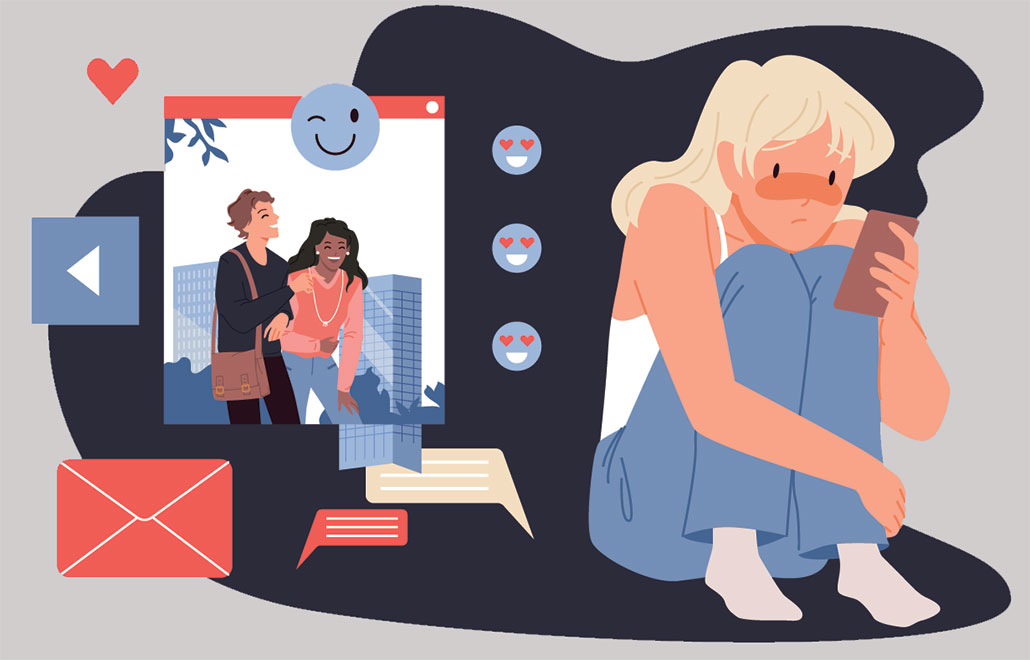

In a 2021 study, her team analyzed data from a survey given to 15- and 16-year-olds across 37 countries every three years. Some questions asked about teens’ use of digital devices. Others asked how lonely students felt while they were at school. (School loneliness has been linked to low levels of well-being.) The researchers looked at answers from more than 1 million students from 2000 to 2018 and found clear patterns. Starting in 2012, smartphone and internet use began a steep climb. Feelings of loneliness did, too.
The findings show only a correlation between tech use and loneliness. They don’t prove that digital devices are causing loneliness. But, Twenge argues, it’s unlikely the relationship goes the other way. In a 2022 study, teen girls who spent more time on social media said they were unhappier than boys or girls who use it less often.
Why would teens feel lonelier when they spend more and more time interacting with their peers online? “Young people are connecting a lot less often in real life,” says Laurie Santos. She’s a cognitive psychologist at Yale University in New Haven, Conn., and host of The Happiness Lab podcast.
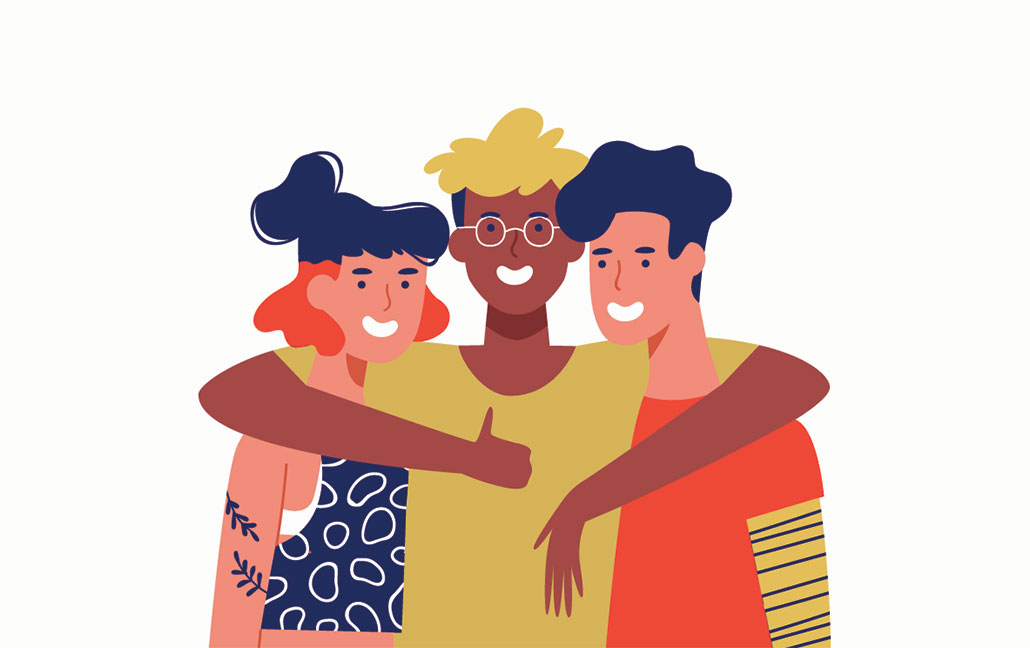

By 2018, about 60 percent of teens texted their friends every day. That’s according to survey data from the Pew Research Center. But only about 25 percent of those kids hung out with their friends in person outside school every day. And those IRL interactions are what make us feel connected with other people.
“Social connection matters for positive emotion, for a sense of belonging,” Santos explains. “I think that social connection really has to come from things that happen in real life, or at least in real time.” So as online interactions have replaced IRL ones, that could play a major role in making teens unhappy overall.
One way to combat that creep of unhappiness is to talk with your friends face-to-face, rather than screen-to-screen. Even talking to new people in person can help, Santos suggests. “The simple act of connecting with another person we know can increase positive emotion, and it will allow teens to kind of fight loneliness.”
Do you have a science question? We can help!
Submit your question here, and we might answer it an upcoming issue of Science News Explores
High levels of anxiety
Another problem with so much time online: We’re flooded with news stories about scary world events, from climate change to warfare. Climate change in particular is a huge stressor — one that older generations didn’t face. Past generations also didn’t have a constant stream of negative headlines at their fingertips all day, every day. Mix in pressure to do well in school, desire to fit in socially and other timeless teen concerns, and young people today can be weighed down by huge amounts of stress and anxiety.
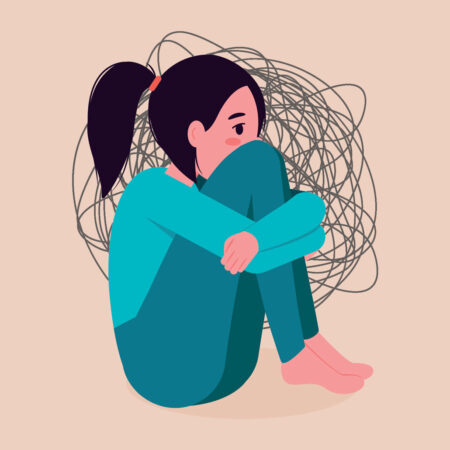

“When people feel anxiety, worry or have negative ideas about themselves, others or the world,” their attention narrows, says Antonio Crego. He is a psychologist at Pontifical University of Salamanca in Spain. Say you’re afraid of failing an exam. Or that someone you like will reject you. “All your attention is focused on that potential threat,” Crego says. “You go into a kind of tunnel where only the problem exists.”
That kind of focus makes us unhappy because we tend to view those negative outcomes as true. In our minds, we’re already living in a world where we failed or got rejected. But those mental scenarios are just thoughts. The key is to be able to recognize them as such — and see them with some distance, rather than feeling trapped by them.
One way to get some distance is with meditation. This practice allows “you to look at your emotions and thoughts from a new perspective,” Crego says. So “you can be aware of them without getting stuck in them.”
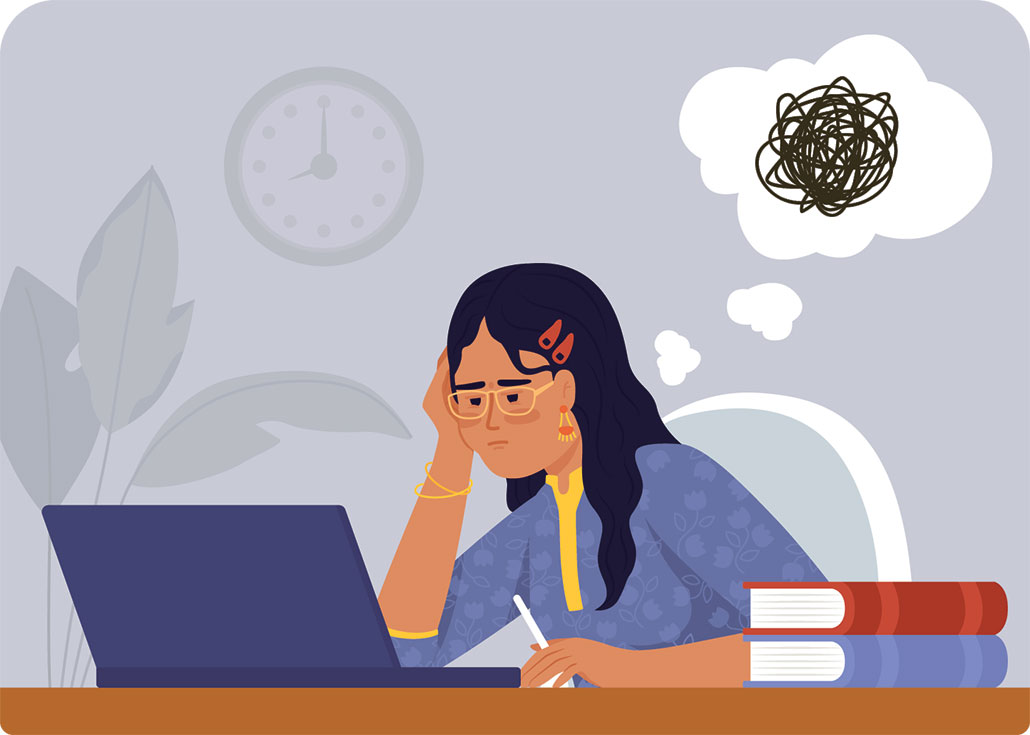

There is evidence that meditation can make people feel better. Teens who did an eight-week meditation course reported fewer negative emotions. They cooperated better with others too after meditating, the 2022 study showed. And the more cooperative they were, the happier they became.
Being active also helps escape the narrow focus of anxiety. For a 2020 study in the Netherlands, for instance, almost 1,500 teens wore movement trackers. The more steps teens got during the day, the happier they felt. And the happier they were, the more likely they were to move — creating a feedback cycle of positive feelings.
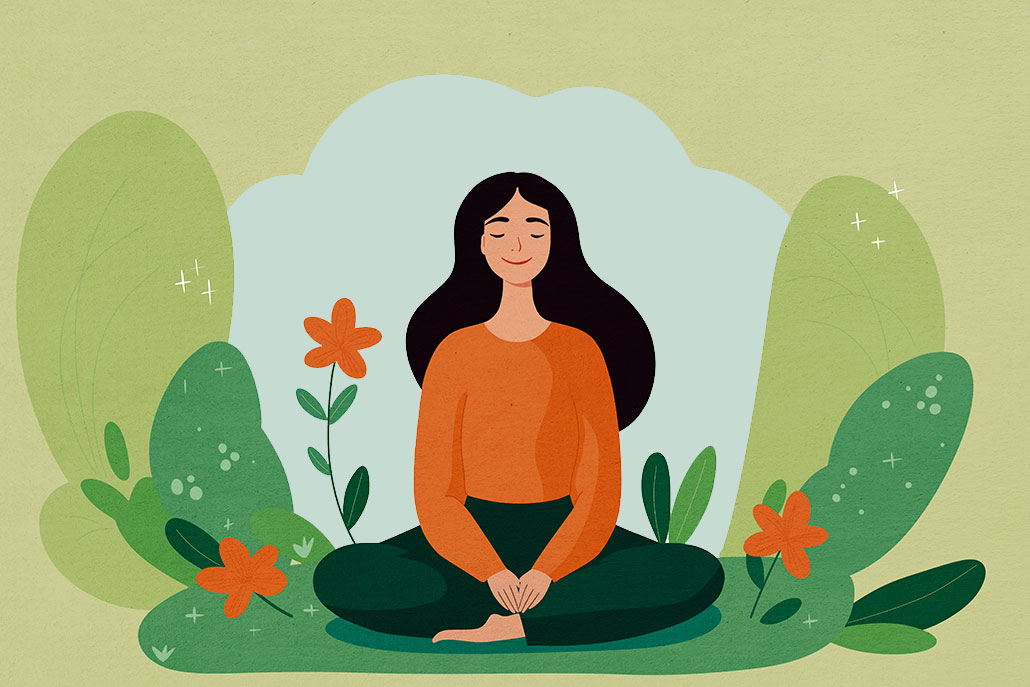

Being active doesn’t have to mean going for a walk or run. It can be anything that gets you out and about. That might be grabbing a meal with friends, going to a movie or attending a club meeting.
Spending time with friends boosts those IRL social connections that are so crucial to happiness. And things like sports, theater groups and art classes give us a chance to develop new skills, Crego notes. This can give us a sense of personal freedom and confidence. At the same time, those activities can help us connect with people who have similar interests.
Sometimes unhappiness leads people to avoid activities they normally enjoy. But, Crego says, “when we stop doing activities and avoid them, we also lose the opportunity to experience positive emotions.”
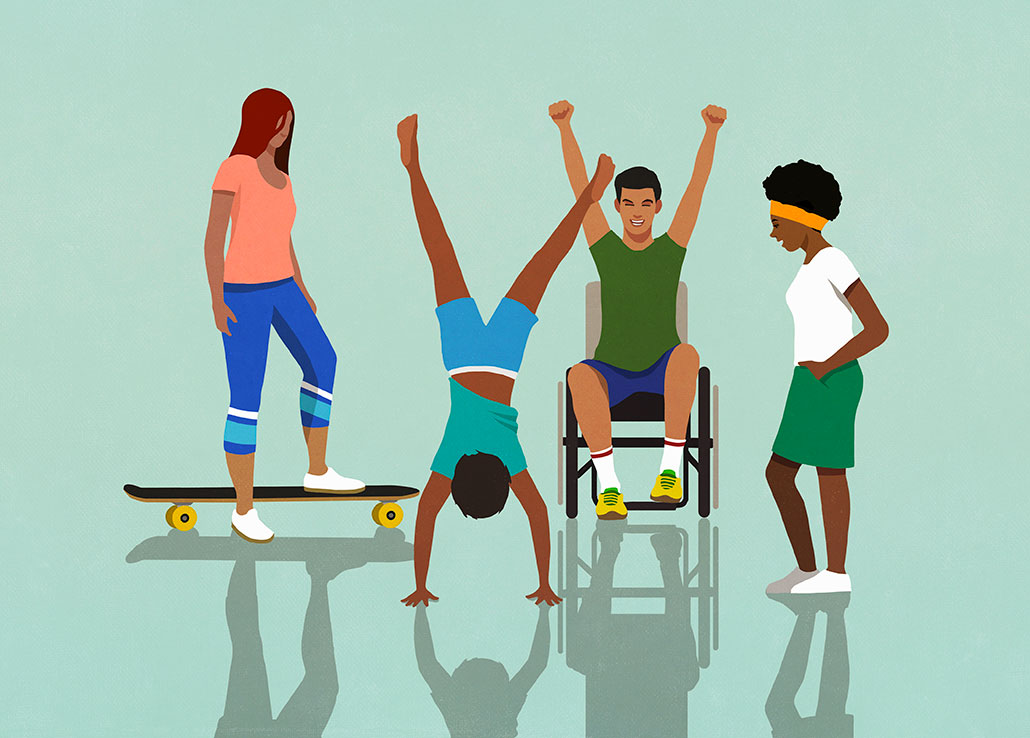

For happiness, shift focus outward
If focusing on our own problems tends to bring us down, one way to reverse those feelings is to focus on others. “There’s lots of evidence that becoming more other-oriented is an important contributor to people’s happiness,” Santos says.
For example, a 2021 study found that being kind toward others can improve someone’s mood. The researchers studied a group of 97 teens over four weeks. Each week, one-third of the teens performed kind acts for other people. One-third performed kind acts for themselves. The remaining third simply reported on their daily activities.
By the end of the study, the teens that had done kind acts for others reported more positive emotions than they had at the start. They also reported fewer negative emotions. The other two groups did not report any changes in their emotions. And the effects may be long-lasting. Those who had helped others were more likely to donate money to charity after the study ended.
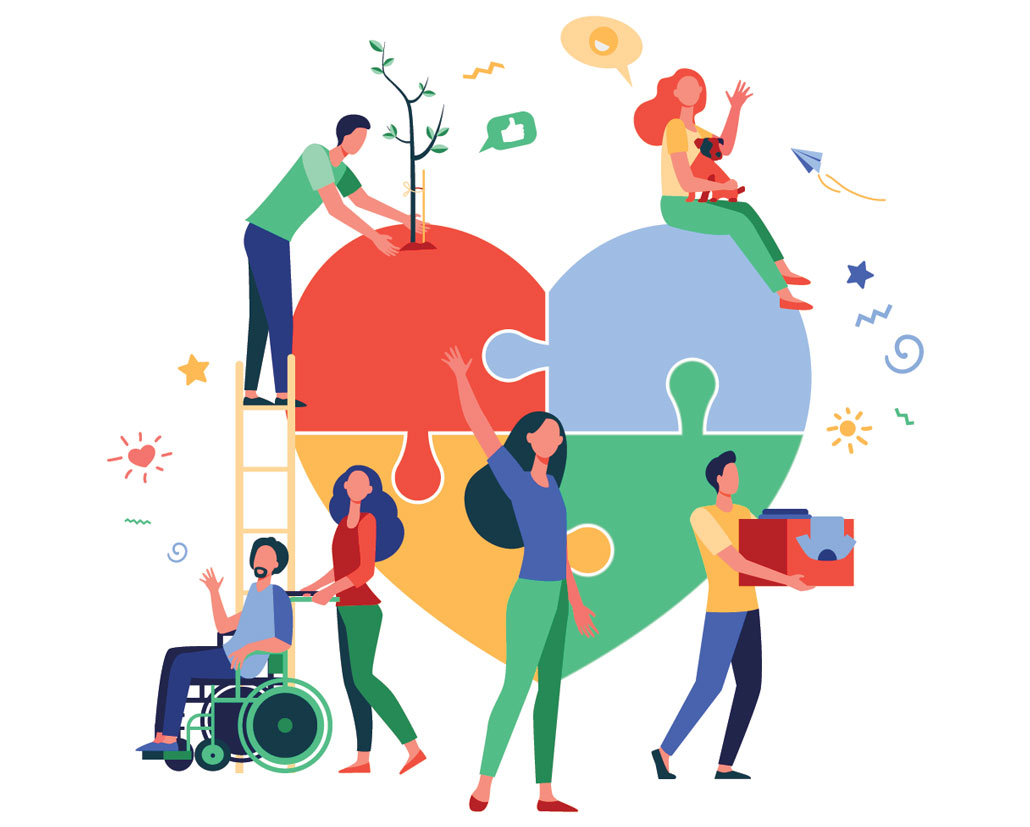

Such giving can further improve happiness, according to a 2023 report. That work analyzed the findings of 14 other research papers. When people spend money on others, they report feeling happier. And people who feel happier are more likely to do things for others. That includes donating money, helping someone in need — or simply being kind. It’s another feedback loop that helps sustain feelings of happiness.
When you’re feeling down, though, it can be hard to be kind or do things for others. Eftychia Stamkou has a way to jump-start that happiness cycle: awe. Stamkou is a social psychologist at the University of Amsterdam in the Netherlands.
Awe involves a sense of vastness and novelty, Stamkou explains. “Awe-eliciting events are events that somehow exceed your expectations.” We might feel awe when we see a beautiful mountain range for the first time. Or when we listen to music that moves us or watch a spectacular sunrise or sunset. Or find a place to see the expanse of stars across the dark night sky. These are the kinds of experiences that make our eyes widen and our mouths hang open. They go beyond simple happiness or joy.
“This sense of vastness — being outside of you — is what makes you feel small,” Stamkou says. And feeling small can put your problems into perspective. When you gaze at a sky full of stars that are light-years away, a failed test may seem like less of a big deal.
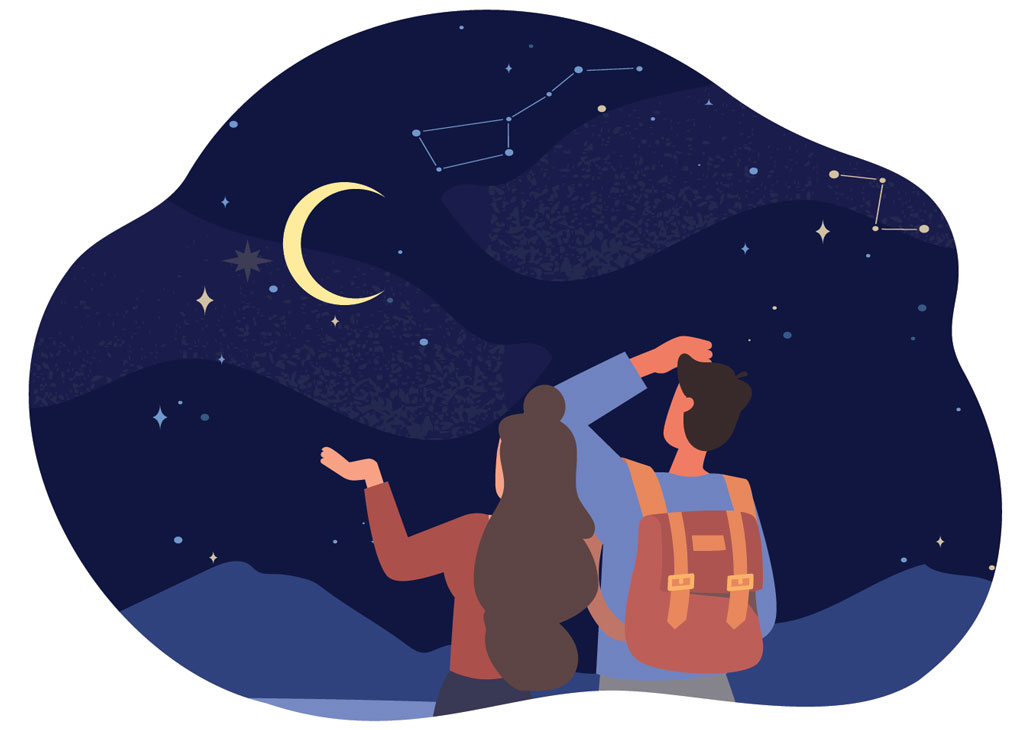

Kids were more likely to give to others after experiencing awe, Stamkou found in 2023. Kids ages 8 to 13 viewed one of three short videos. One, taken from the movie Song of the Sea, was meant to be awe-inspiring. The second video was a party scene from Fantasia that made kids feel joyful. The last one was a neutral video about making coffee. Kids who watched the awe-inspiring clip were twice as likely to give their snack to a stranger than either of the other groups.
Awe can also relax us by activating the vagus nerve, Stamkou explains. This nerve connects our brain to our internal organs. It slows our heart rate and breathing and helps the body reach a state of calm. So seeking out awe-inspiring experiences can be a way to calm anxiety, as well as kick-start that feel-good cycle of doing good for others.
One final bit of advice for a happier life: develop a mindset of gratitude. “There are millions of hidden treasures in a seemingly ordinary day,” Crego says. These can be little things, like hearing a song you like. Or bigger ones, like noting that you’re healthy, had a good meal or have friends. Notice and spend a moment to be grateful for these “little hidden jewels,” he suggests. It takes just a moment to find them, but the happiness they bring can be long-lasting.
Interested in learning more about how to become happier? Laurie Santos teaches a free course on happiness for teens.
